Labelling menus
Page updated on: 24/01/2025
There are fewer labelling requirements for food sold from catering establishments (including restaurants, canteens, pubs, clubs, schools or similar, and mobile caterers such as fast food vans) than for pre-packed food, but any information that you do provide must be accurate and not misleading.
This applies to all information whether provided in writing, such as on a menu or chalkboard, or verbally in response to a customer's question, for example.
- check that the descriptions that you make are correct, and match those given by your supplier (on order forms, delivery documents, invoices or on product packaging) - for example, if the supplier description is 'reformed scampi', the menu description should also be 'reformed scampi'. Check with your supplier if you are in any doubt about the accuracy of your descriptions
- remember that product specifications may change over time, so you need to keep checking
- take particular care when you change supplier
- advise customers of any changes to product descriptions. If the change is permanent, the menu will need to be amended
- always ensure that you and all employees follow the instructions supplied with any seasoning / colour. If there are no instructions, or if they are not clear, ask your supplier for further details in writing. Do not guess or rely on verbal information
Only products made from complete wholetails of the species Nephrops norvegicus may be referred to as 'wholetail scampi' or 'scampi'. The term 'wholetail scampi' must not be used for products made from reformed scampi pieces; this product must be described as 'reformed scampi'.
This description can only be used where the prawns are one of three specific species of prawn listed in Defra's Commercial Designations of Fish document and are the correct size.
This description can only be used where the prawns are one of the species listed in Defra's Commercial Designations of Fish.
These terms must not be used where the chicken has been chopped and shaped. Care must also be taken to check that you are not buying chicken with added water and other proteins, such as from another animal species or derived from milk. If your chicken should be labelled as containing other ingredients, you may break the law if you fail to make it clear to consumers that the product does not contain 100% pure chicken meat.
Sausages, beef burgers, pasties, pies, sausage rolls, etc. have legal compositional requirements regarding the minimum meat content. A food cannot be called a sausage, pasty, etc. unless it complies with the minimum meat content for that product. Products described as 'ham' should be sliced from a whole cured piece of meat from the hindquarters of a pig. Products that are from the shoulder or are 'formed', 'reformed' or contain more than 5% by weight of the finished product must be correctly described.
This description should not be used where food has been steamed and flash roasted.
This description should only be used where the product has been subject to a smoking process. Where only a smoke flavouring has been added, the description 'smoke flavour' should be used.
Care should be taken when making claims about the provenance or production of the ingredients used or the final product that you are selling. Guidance on the use of the terms fresh, natural, etc. is available on the Food Standards Agency website.
Any vegetarian dishes must have been produced without any contact or contamination with meat, fish or seafood. This includes using separate oils for frying vegetarian dishes and careful checking of sauce ingredients. Some cheeses contain rennet, which is an animal by-product and therefore may not be suitable for vegetarians.
You need to provide information to consumers about which allergens each of your products or dishes contains. Particular care should be taken with food described as suitable for allergy sufferers, either via a written description or verbally. You need to exercise extreme caution, particularly in relation to consumers with a nut allergy who could suffer a fatal reaction from minute levels of contamination. Detailed advice on allergy and intolerance can be found on the Food Standards Agency website.
Descriptions - such as 'pancake rolls (6)' or 'half duck' - must be accurate.
The law sets maximum levels for colours in various foods, and only certain colours may be used. Some sauces, such as sweet-and-sour and tandoori spice mixes, have occasionally been found to contain excess colours. Care should be taken when making these if you use colours or mixes containing colours.
Any products using EU protected food names (such as Cornish Pasty) must comply with the compositional and/or origin requirements. More information on protected food names, including a list of UK registered names, is available on the GOV.UK website.
Raw milk must have an accompanying description: 'Milk supplied in this establishment has not been heat-treated and therefore may contain organisms harmful to health'.
Customers must be notified of any food that has been cooked using GM oil.
If you choose to give information about calorie or other nutrient content of your dishes we would advise you obtain advice from us. Further information on out-of-home calorie labelling is available on the Department of Health website.
It is an offence to display misleading or incorrect information. The accuracy of descriptions used in catering premises is your responsibility.
Failure to comply may result in an improvement notice being issued, requiring compliance to be achieved. If the improvement notice is not complied with it is an offence under the Food Safety Act 1990. The maximum penalty on conviction is an unlimited fine and/or two years' imprisonment.
If allergen information does not comply with the requirements it is an offence under the Food Information (Wales) Regulations 2014. The maximum penalty on conviction is a fine of £5,000.
